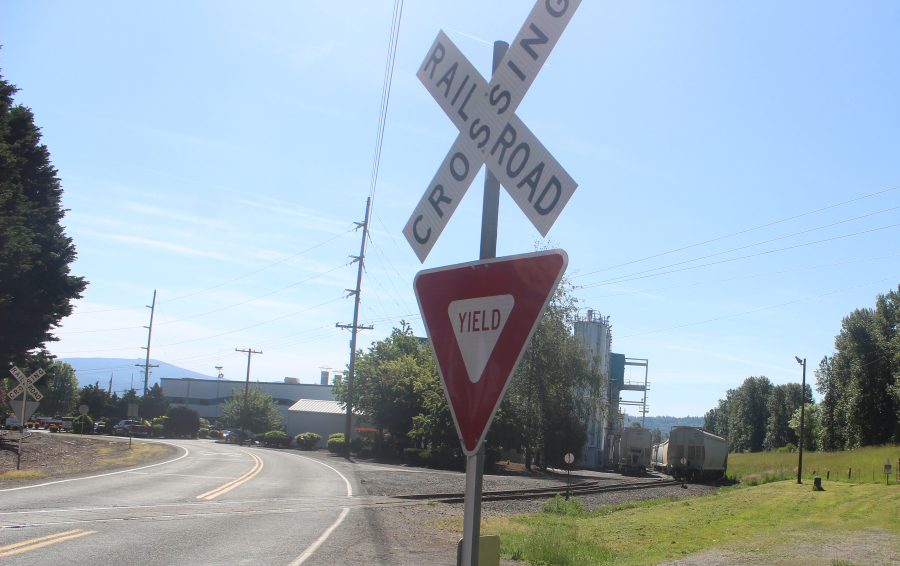In an attempt to cover increased maintenance costs, the Port of Camas-Washougal may renegotiate leases with businesses that use the port’s industrial park rail line.
Port Commissioner Larry Keister, a former locomotive engineer, asked port leaders earlier this year to examine the leases to ensure that the port was receiving enough money to pay for its rail upkeep. The port found that rail expenses have totaled approximately $400,000 since 2014, with just $100,000 recouped through the leases in that same timeframe.
“The rail maintenance is very expensive and has to be done,” Keister said. “I was saying, ‘Are we making enough money on the leases from the companies that have rail spurs, or are we losing money?’ It came out that the leases are not covering the expenses.”
The port owns about 5,500 feet of rail line, which originates south of Highway 14, runs into the industrial park and crosses Index Street in Washougal.
“Generally speaking, rail is pretty essential,” said Derek Jaeger, the port’s business development director. “(Some companies are) looking at long-distance (shipping), and rail provides the most cost-effective and fuel-efficient way to move heavy freight and goods. It also reduces congestion by taking some freight trucks off the road.”





